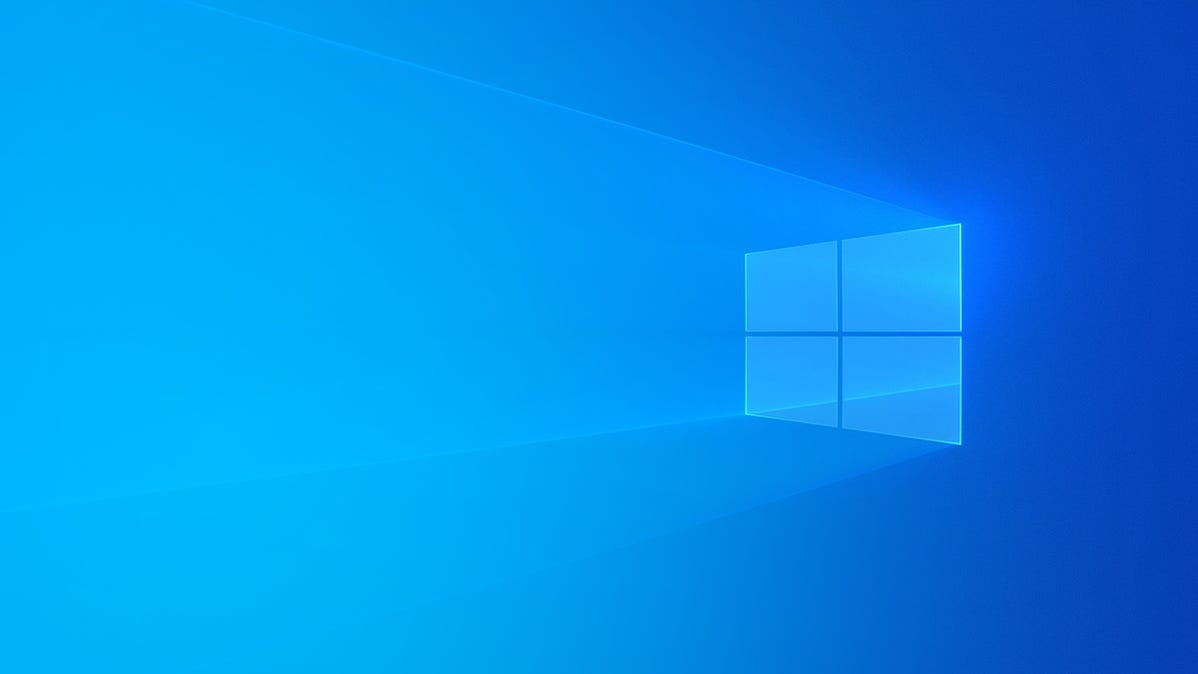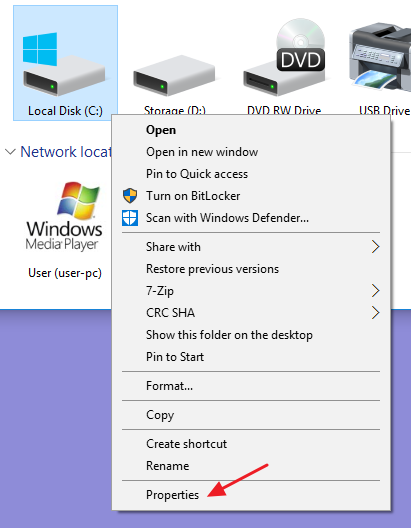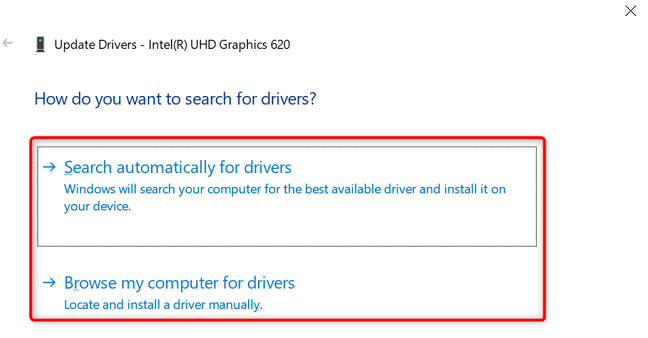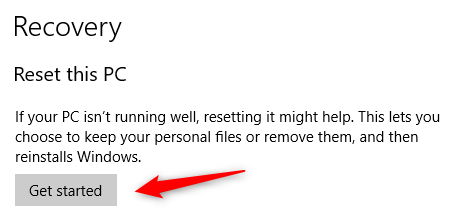
Did you get the infamous blue screen of death with a WHEA Uncorrectable Error message on Windows 10? Here’s what you need to know about the issue and how to fix it.
What Is the WHEA Uncorrectable Error?
WHEA stands for Windows Hardware Error Architecture, and when you see the error message it means a hardware failure is preventing your Windows 10 PC or laptop from functioning as intended. A WHEA error normally appears in a blue screen of death (BSOD) where to recover you have to shut down or restart your computer.
What Causes a WHEA Uncorrectable Error?
There are numerous causes of the WHEA Uncorrectable Error, which makes it a bit more challenging to troubleshoot than some other error messages. From faulty hard drives to defective CPUs, just about anything inside your PC could be the culprit. To make matters more confounding, the WHEA Uncorrectable Error in Windows 10 can even spring up due to a driver conflict. If you’ve been overclocking your PC, there’s a possibility that this stop code error is a direct result of the added stress on your hardware.
How to Fix a WHEA Uncorrectable Error
Although WHEA is called an “Uncorrectable Error,” it’s not exactly the case that the problem can’t be corrected. Although solving the root problem takes some trial and error, with these tips, you can fix the WHEA Uncorrectable Error yourself and get your PC running again.
Run Chkdsk
The first thing you should do after encountering the WHEA Uncorrectable Error is run Chkdsk. Chkdsk (short for “Check Disk”) runs a filesystem check that will scan your hardware for issues, and it can often pinpoint the exact source of your error.
To perform the operation, right-click on the location you’d like to inspect, then choose “Properties.”

From there, navigate to the “Tools” tab and click the “Check” button. This will scan the drive for errors and report back any issues. Chkdsk may even be able to solve the problem for you.
Update All Your Drivers
Beyond repairing a faulty connection or removing new hardware, updating your drivers is the second easiest fix to the WHEA Uncorrectable Error. Device drivers, especially outdated ones, can sometimes cause hardware problems, and updating them could quickly fix your problem.
To update your drivers, search for “Device Manager” in the Start Menu.

Next, right-click the device you’d like to update and select “Update Driver.” You can then have Windows perform the update automatically or browse your PC for drivers.
An automatic update should do the job, but if you suspect Windows isn’t finding the right drivers, consider visiting your hardware manufacturer’s website and downloading available updates. Then, use the “Browse My Computer for Drivers” option.
Inspect Your PC for Hardware Damage
If ChkDsk and drivers updates didn’t solve the WHEA Uncorrectable Error, it’s worth looking for physical issues with your hardware—such as components with a crack or cables that aren’t fully attached.
If you’re unsure about how to open your PC, then it might be in your best interest to consult with a professional. However, if you’re willing to tinker with your computer, most devices can be opened by removing a few screws on the side of the chassis. If you’re using a laptop, try checking the bottom of the device for these screws. In any case, be sure you’re using an antistatic wrist strap to avoid damaging components.
Specific steps will vary by model, so consult your manual if needed. With any luck, you’ll find something that’s noticeably out of place. Replace damaged components and refit connections, and you might just fix the WHEA error.
Check Your RAM for Errors
The WHEA error can appear thanks to issues with your RAM. Although there are plenty of third-party tools you can download, Windows 10 comes with a built-in way to check your RAM for problems. Search for “Windows Memory Diagnostic” in the Start Menu and press Enter to get the process underway.

With any luck, it’ll discover an issue causing the WHEA error and point you toward a fix, which often means replacing your RAM. In that case, be sure to contact your computer’s manufacturer to see if it’s still under warranty.
Remove New Hardware
Did you add anything new to your PC recently, like a hard drive or GPU? If so, that addition could be to blame for the WHEA Uncorrectable Error. Try uninstalling the new hardware and check to see if the error stops appearing. If it does go away, you’ll want to contact the manufacturer to see if you can get a replacement or refund for your purchase.
Reset BIOS Settings
If you’ve been overclocking your PC or fiddling with your BIOS settings, you may have accidentally tweaked a setting that’s responsible for the WHEA error. Consider resetting your BIOS if none of the above options have worked.
After entering the BIOS menu during startup, select the reset option, which may be labeled “Reset to Default” or “Load Setup Defaults” depending on your manufacturer. Boot your computer again and see if the WHEA error goes away.
Restore Your System
System Restore essentially rolls back the clock on your PC. Windows 10 creates checkpoints for your computer, allowing you to jump back to a time when things were working as intended. Simply open the Start menu, search for “Restore,” and choose a restore point to start the process.

After restoring, take note of any updates Windows installs or changes you make so that if the WHEA error appears again you have a good idea of what’s causing the problem.
Reset Windows 10
Resetting Windows is your last resort. This will wipe everything on your PC and return it to its original settings. However, it’ll also remove your WHEA Uncorrectable Error if it was caused by software. From the Settings menu, select the “Security & Updates” option. Next, select “Recovery” and then “Reset This PC” to get started.

What to Do If You’re Still Seeing the WHEA Error
If you’re still getting the WHEA error after resetting Windows, and you’re certain there’s no physical damage to your computer, you could have a manufacturer defect on your hands. You should consider returning your PC or laptop for a refund if it was a recent purchase, or check if it’s still under warranty and try getting it replaced.
